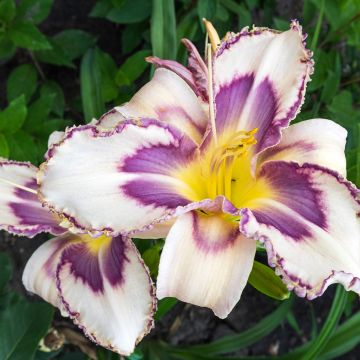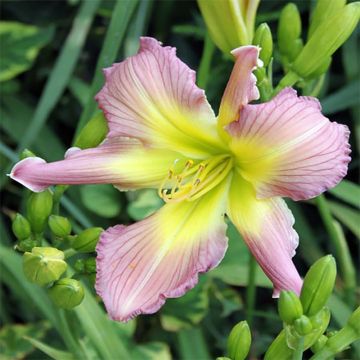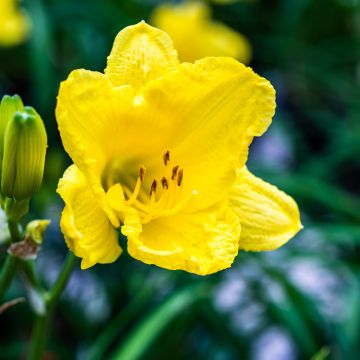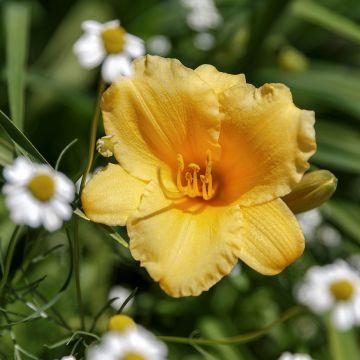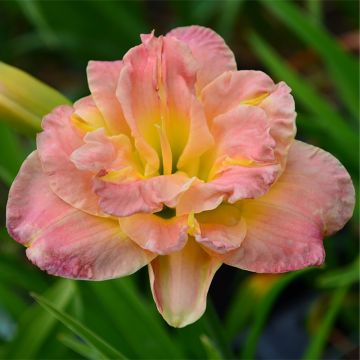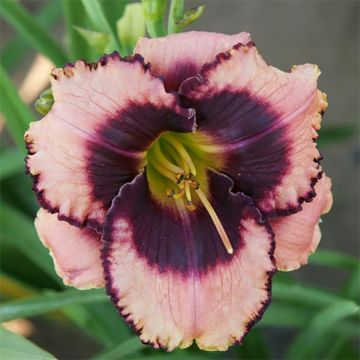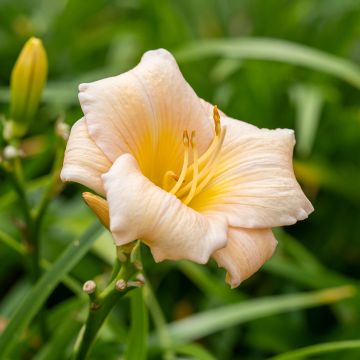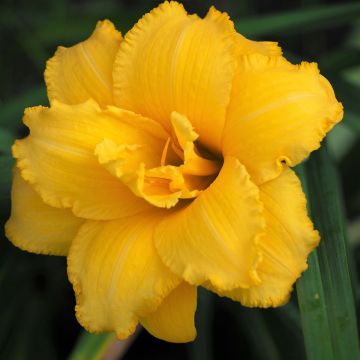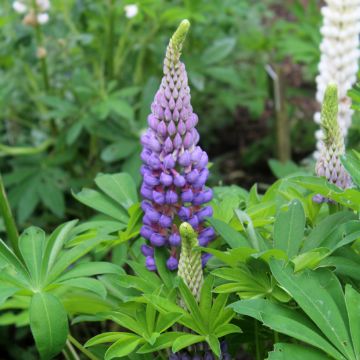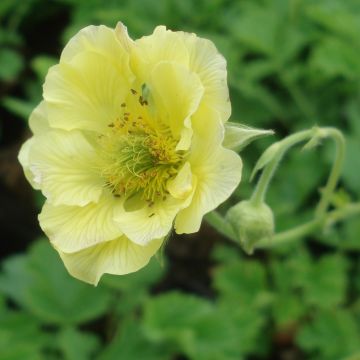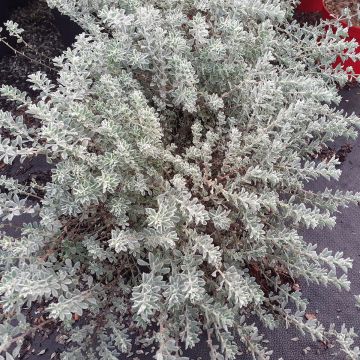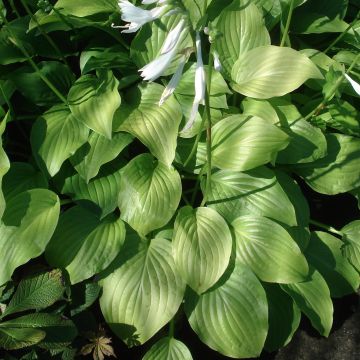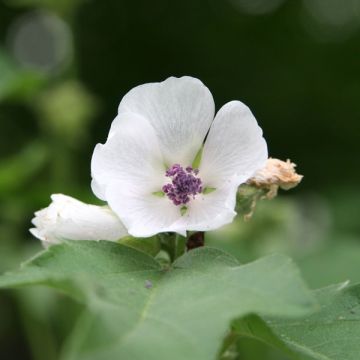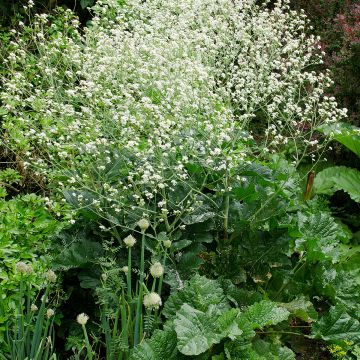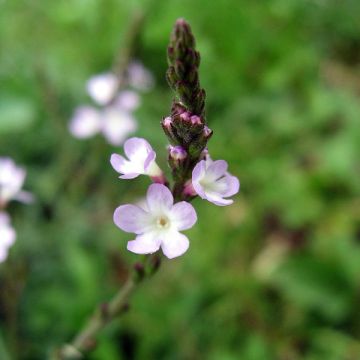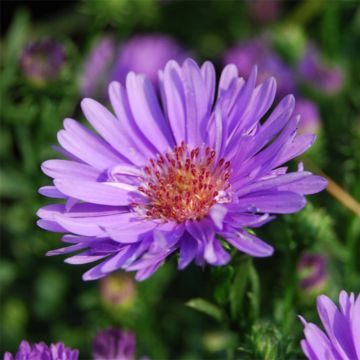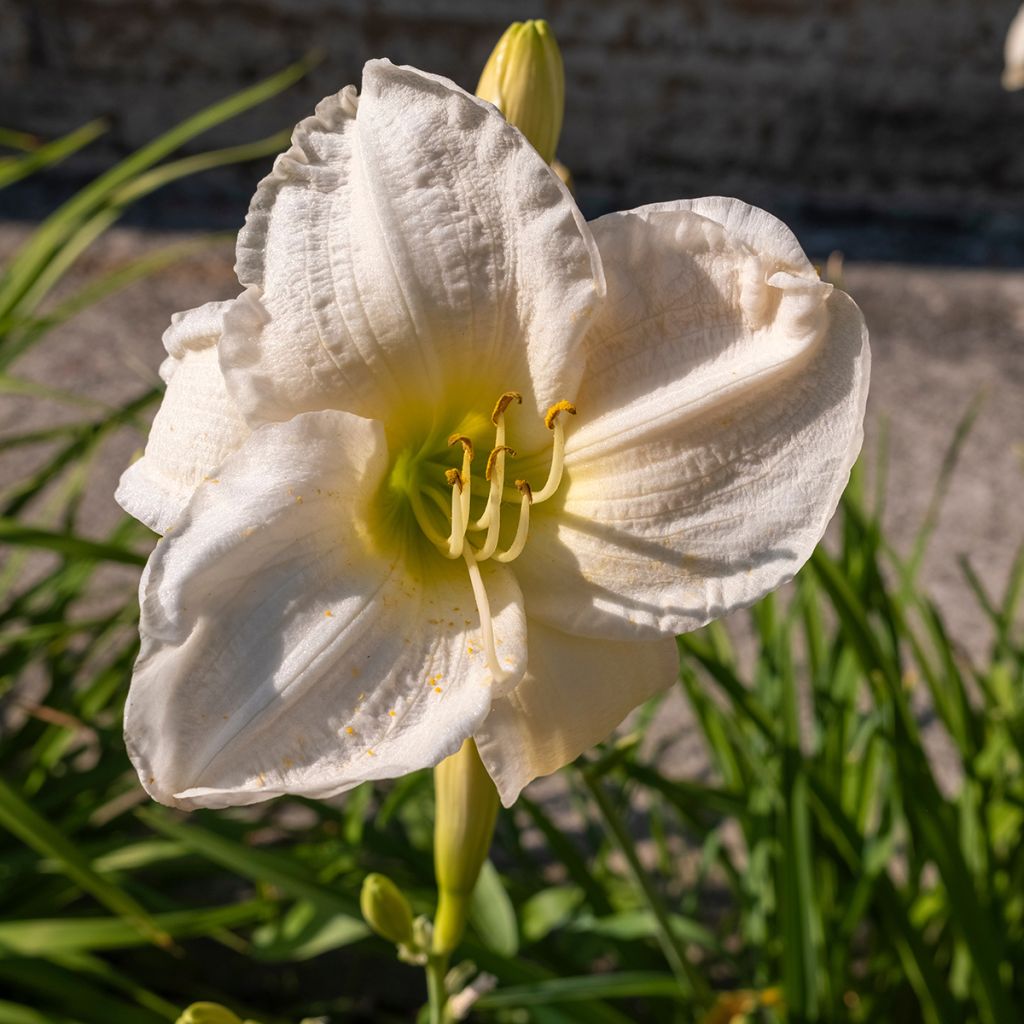

Hemerocallis Joan Senior - Daylily
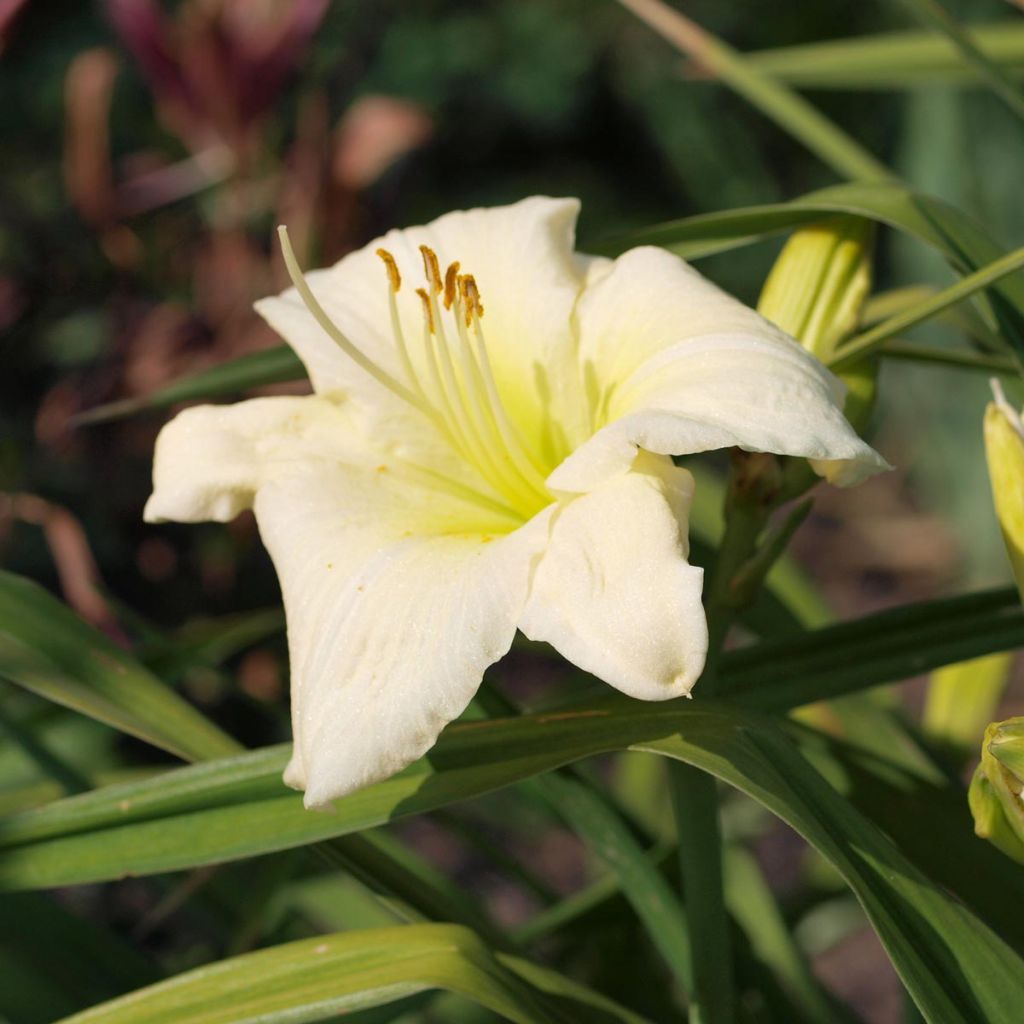

Hemerocallis Joan Senior - Daylily
Hemerocallis Joan Senior - Daylily
Hemerocallis Joan Senior
Daylily
Two young plants arrived with 2 leaves. Planted in a field of plants on 22nd March, they seem to be thriving currently. I have just discovered a new shoot next to each one. I am eagerly awaiting the flowering to see if the colour of the flowers matches.
Fabienne, 30/04/2022
This item cannot be shipped to the selected country
Delivery charge from €5.90
Delivery to Corse prohibited
More information
Delivery charge from €5.90
Delivery to Corse prohibited
More information
Schedule delivery date,
and select date in basket
This plant carries a 12 months recovery warranty
More information
We guarantee the quality of our plants for a full growing cycle, and will replace at our expense any plant that fails to recover under normal climatic and planting conditions.
From €5.90 for pickup delivery and €6.90 for home delivery
Express home delivery from €8.90.
Delivery to Corse prohibited: UE law prohibits the import of this plant from mainland France to Corse as part of the fight against Xylella fastidiosa. Please accept our sincere apologies.
More information
Does this plant fit my garden?
Set up your Plantfit profile →
Description
The Daylily 'Joan Senior' unfolds its large flowers early in the season. They are white-washed with cream and delicately undulated, with a lime green throat. The flowering is repeat flowering and has often been awarded in competitions. Its foliage is deciduous, and its growth vigorous.
The genus Hemerocallis belongs to the Liliaceae family. They are perennial and hardy plants with deciduous or semi-evergreen foliage. The variety 'Joan Senior' forms a clump that will reach 65 cm (26in) in height, with a spreading of 60 cm (24in) or more if the ground suits it. The large individual flowers, with undulated and recurved petals, measure about 15 cm (6in) in diameter. They last only a day but continuously repeat flowers on sturdy stems above dense linear foliage. The flowering can last from early summer to autumn. Daylilies are plants with short rhizomes and fleshy roots.
These plants are easy to grow and thrive in shade and sun. Some can be invasive, so don't hesitate to divide the clumps every four or five years, preferably in autumn, after flowering. Daylilies are often called "the perfect perennial" due to their vibrant colours and ability to tolerate any environment, but also because of their lack of modesty; they are beautifully exuberant and blend well with other perennials. Plant them in generous clumps at the back of your flower beds. All summer bulb flowers can be planted alongside daylilies. Gladioli find excellent natural support in this dense plant, so staking is no longer necessary. The same goes for lilies, whose subtly shaped flowers are enhanced here. Of course, all garden plants are welcome, especially gaillardias, lychnis, bee balm, goldenrod, phlox... Also consider grasses, with their flexible and light habit. Large pots of at least 30 cm (12in) deep on a balcony or patio should be provided, as well as dwarf varieties. The flowers are edible: they brighten up salads and decorate desserts.
Hemerocallis Joan Senior - Daylily in pictures
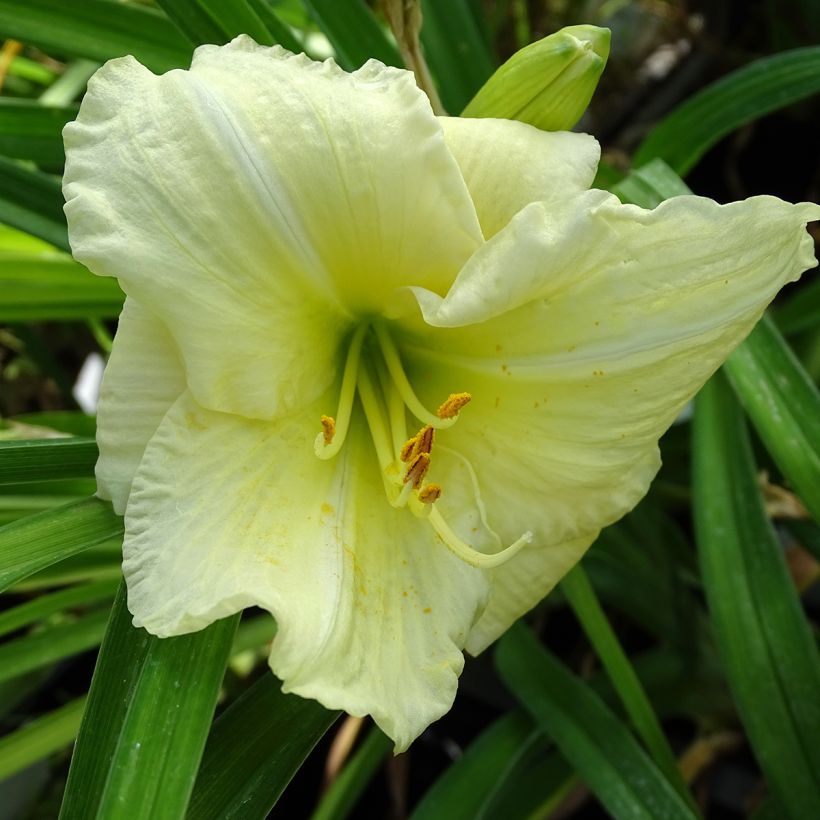

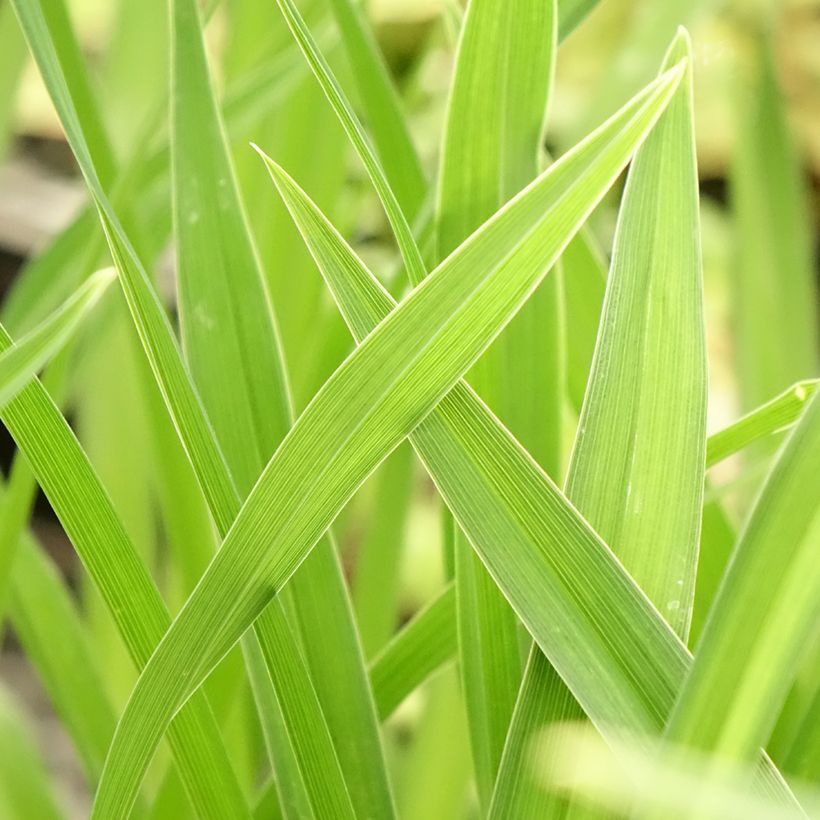

Flowering
Foliage
Plant habit
Botanical data
Hemerocallis
Joan Senior
Hemerocallidaceae
Daylily
Cultivar or hybrid
Other Hemerocallis - Daylilies
Planting and care
Plant your Hemerocallis 'Joan Senior' in well-draining garden soil that is not too clayey and enriched with humus and compost. This will allow your perennial to withstand summer droughts and winter frosts. This variety is easy to grow and not susceptible to pests or diseases, so no treatment is required, and rodents are not attracted to it. Daylilies can grow both in partial shade and full sun, with 4 to 5 hours of daily sunlight sufficient—plant by burying the base 3 to 4 cm (1 to 2in) below the surface. If planting multiple plants, ensure enough space between them, as the spaces will quickly fill up. For a few weeks after planting, ensure the soil is moderately moist, but do not overwater. It is advisable to divide the plants, preferably in autumn after flowering.
Planting period
Intended location
Care
Summer flowering perennials
Haven't found what you were looking for?
Hardiness is the lowest winter temperature a plant can endure without suffering serious damage or even dying. However, hardiness is affected by location (a sheltered area, such as a patio), protection (winter cover) and soil type (hardiness is improved by well-drained soil).

Photo Sharing Terms & Conditions
In order to encourage gardeners to interact and share their experiences, Promesse de fleurs offers various media enabling content to be uploaded onto its Site - in particular via the ‘Photo sharing’ module.
The User agrees to refrain from:
- Posting any content that is illegal, prejudicial, insulting, racist, inciteful to hatred, revisionist, contrary to public decency, that infringes on privacy or on the privacy rights of third parties, in particular the publicity rights of persons and goods, intellectual property rights, or the right to privacy.
- Submitting content on behalf of a third party;
- Impersonate the identity of a third party and/or publish any personal information about a third party;
In general, the User undertakes to refrain from any unethical behaviour.
All Content (in particular text, comments, files, images, photos, videos, creative works, etc.), which may be subject to property or intellectual property rights, image or other private rights, shall remain the property of the User, subject to the limited rights granted by the terms of the licence granted by Promesse de fleurs as stated below. Users are at liberty to publish or not to publish such Content on the Site, notably via the ‘Photo Sharing’ facility, and accept that this Content shall be made public and freely accessible, notably on the Internet.
Users further acknowledge, undertake to have ,and guarantee that they hold all necessary rights and permissions to publish such material on the Site, in particular with regard to the legislation in force pertaining to any privacy, property, intellectual property, image, or contractual rights, or rights of any other nature. By publishing such Content on the Site, Users acknowledge accepting full liability as publishers of the Content within the meaning of the law, and grant Promesse de fleurs, free of charge, an inclusive, worldwide licence for the said Content for the entire duration of its publication, including all reproduction, representation, up/downloading, displaying, performing, transmission, and storage rights.
Users also grant permission for their name to be linked to the Content and accept that this link may not always be made available.
By engaging in posting material, Users consent to their Content becoming automatically accessible on the Internet, in particular on other sites and/or blogs and/or web pages of the Promesse de fleurs site, including in particular social pages and the Promesse de fleurs catalogue.
Users may secure the removal of entrusted content free of charge by issuing a simple request via our contact form.

































